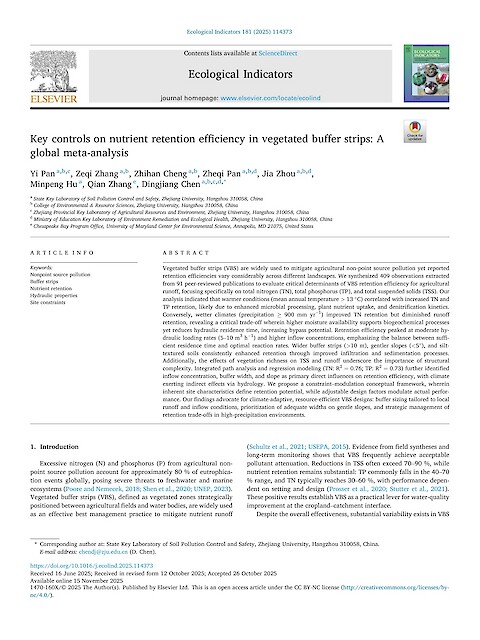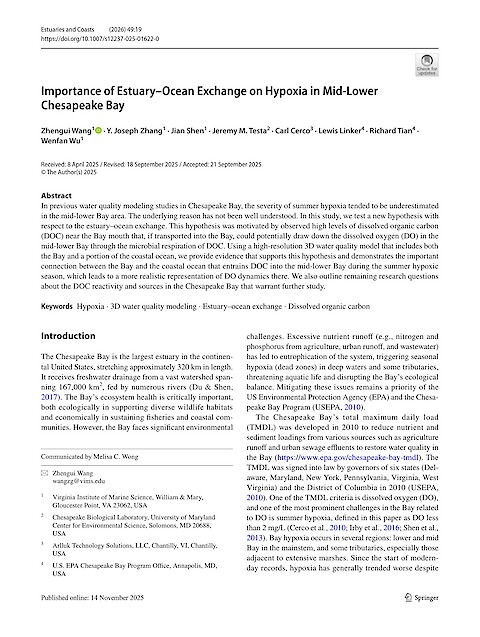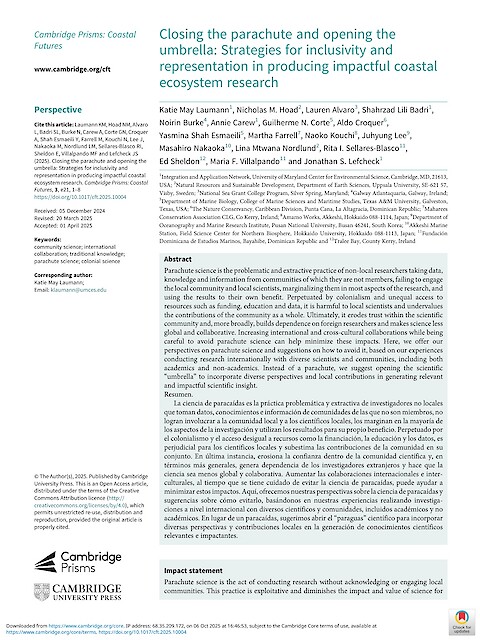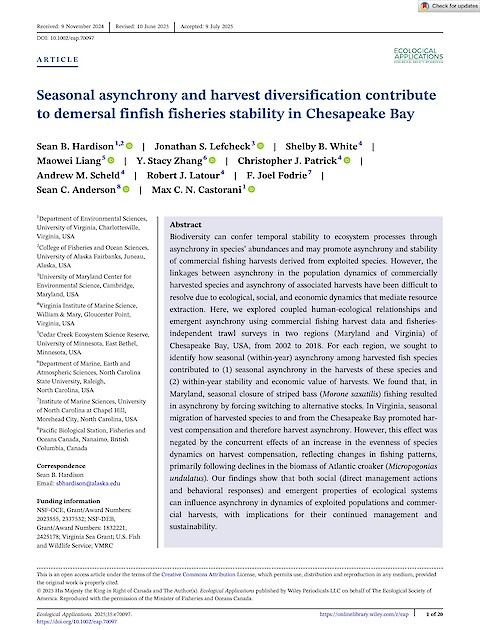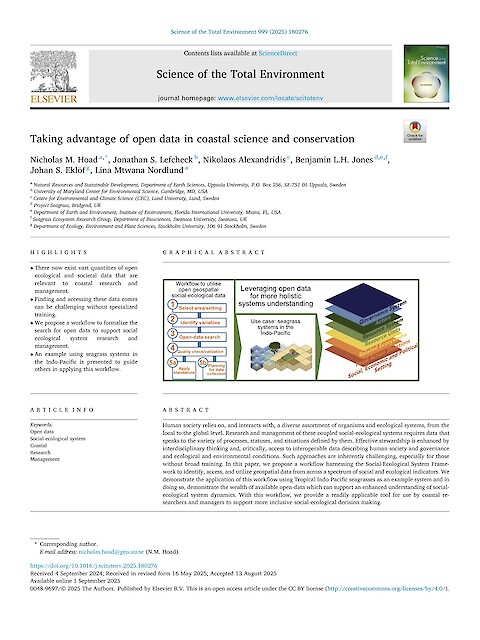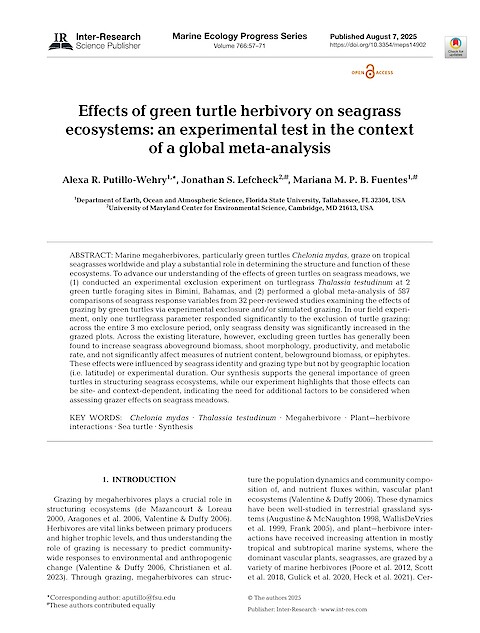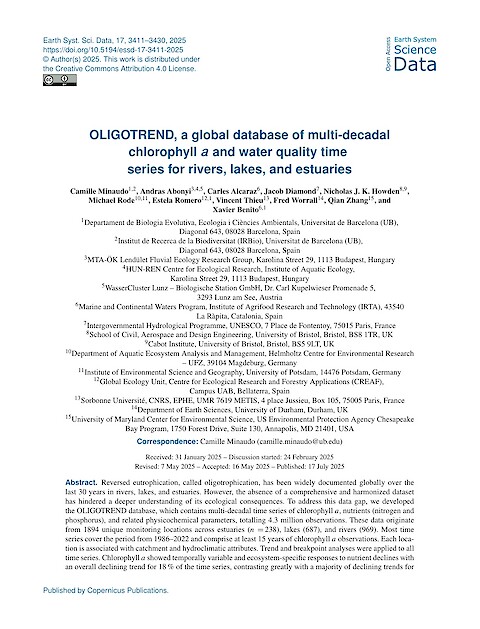Closing the parachute and opening the umbrella: Strategies for inclusivity and representation in producing impactful coastal ecosystem research
Laumann KM, Hoad NM, Alvaro
L, Badri SL, Burke N, Carew A, Corte GN, Croquer
A, Shah Esmaeili Y, Farrell M, Kouchi N, Lee J,
Nakaoka M, Nordlund LM, Sellares-Blasco RI,
Sheldon E, Villalpando MF, and Lefcheck JS ·
2025
Parachute science is the problematic and extractive practice of non-local researchers taking data, knowledge and information from communities of which they are not members, failing to engage the local community and local scientists, marginalizing them in most aspects of the research, and using the results to their own benefit.
Read more


